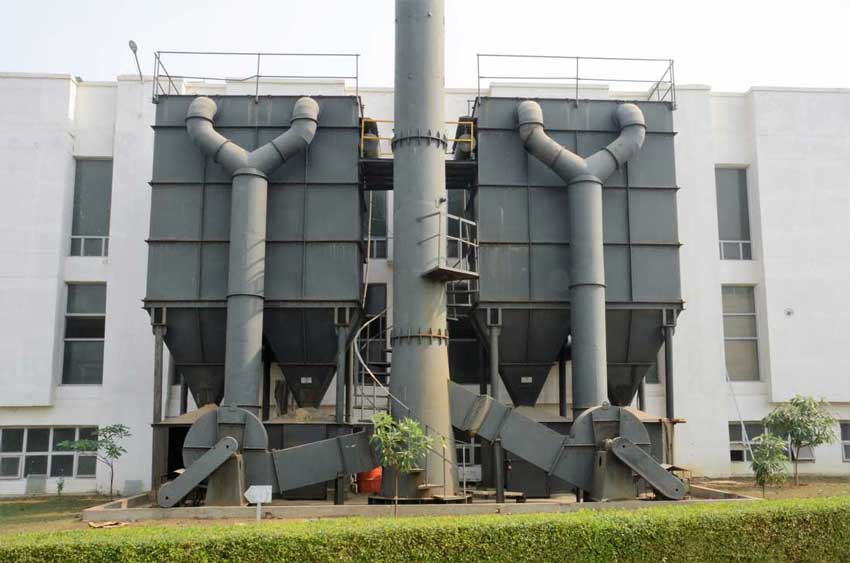Airfilt In today's industrial landscape, environmental compliance is more critical than ever. Businesses are under increasing pressure to adhere to stringent regulations designed to protect air quality and reduce pollution. One essential tool in meeting these regulations is the dust collector . These systems play a crucial role in maintaining clean air and ensuring that industrial operations meet environmental standards. Here's how dust collectors contribute to compliance with environmental regulations:

Understanding Dust Collectors
A dust collector is a system to capture and remove particulate matter from the air generated during designed industrial processes. This equipment helps to control dust, fumes, and other airborne contaminants, improving air quality and reducing health risks for workers. Dust collectors come in various types, including baghouse filters, cyclone separators, and cartridge collectors, each suited to different applications and types of dust.
Environmental Regulations and Air Quality Standards
Environmental regulations set forth by organizations such as the Environmental Protection Agency (EPA) and other global regulatory bodies mandate limits on particulate emissions from industrial facilities. These regulations aim to reduce air pollution and protect public health by controlling the amount of dust and other particulates released into the atmosphere. Compliance with these regulations often requires the installation and proper maintenance of dust collection systems.
How Dust Collectors Ensure Compliance
-
Capturing Particulate Matter: Dust collectors are designed to capture dust at its source, preventing it from becoming airborne and entering the environment. By effectively capturing particulate matter, these systems help facilities stay within allowable emission limits and avoid violations of air quality standards.
-
Improving Efficiency: Modern dust collectors are equipped with advanced filtration technologies that enhance their efficiency. High-efficiency filters and separators ensure that even the finest dust particles are captured, contributing to better overall air quality and regulatory compliance.
-
Minimizing Health Risks: Dust collectors not only help with environmental compliance but also protect worker health. By controlling dust levels in the workplace, these systems reduce respiratory risks and other health issues associated with dust exposure.
-
Maintaining Records: Many dust collectors come with monitoring systems that track their performance and provide data on dust levels and emissions. This data is crucial for demonstrating compliance with environmental regulations and for conducting regular inspections and maintenance.
-
Reducing Waste: Efficient dust collectors can also aid in reducing waste by capturing valuable materials that can be reclaimed and reused. This not only helps in managing waste but also aligns with sustainability goals.
The Importance of Regular Maintenance
To ensure that a dust collector continues to operate effectively and comply with regulations, regular maintenance is essential. This includes cleaning or replacing filters, checking for leaks, and ensuring that all components are functioning correctly. Proper maintenance helps to avoid unexpected breakdowns and ensures that the dust collector performs optimally, minimizing the risk of regulatory non-compliance.
Conclusion
Incorporating a dust collector into industrial operations is not just a matter of meeting regulatory requirements; it is a commitment to environmental stewardship and worker safety. By capturing and controlling airborne dust, these systems play a vital role in reducing pollution, protecting public health, and ensuring that businesses operate within the bounds of environmental regulations. Investing in a high-quality dust collector and maintaining it properly is an investment in a cleaner, safer, and more compliant industrial future.
Airfilt is India's leading manufacturer of Dust Collector . You can contact them for further information regarding the Dust Collector at
